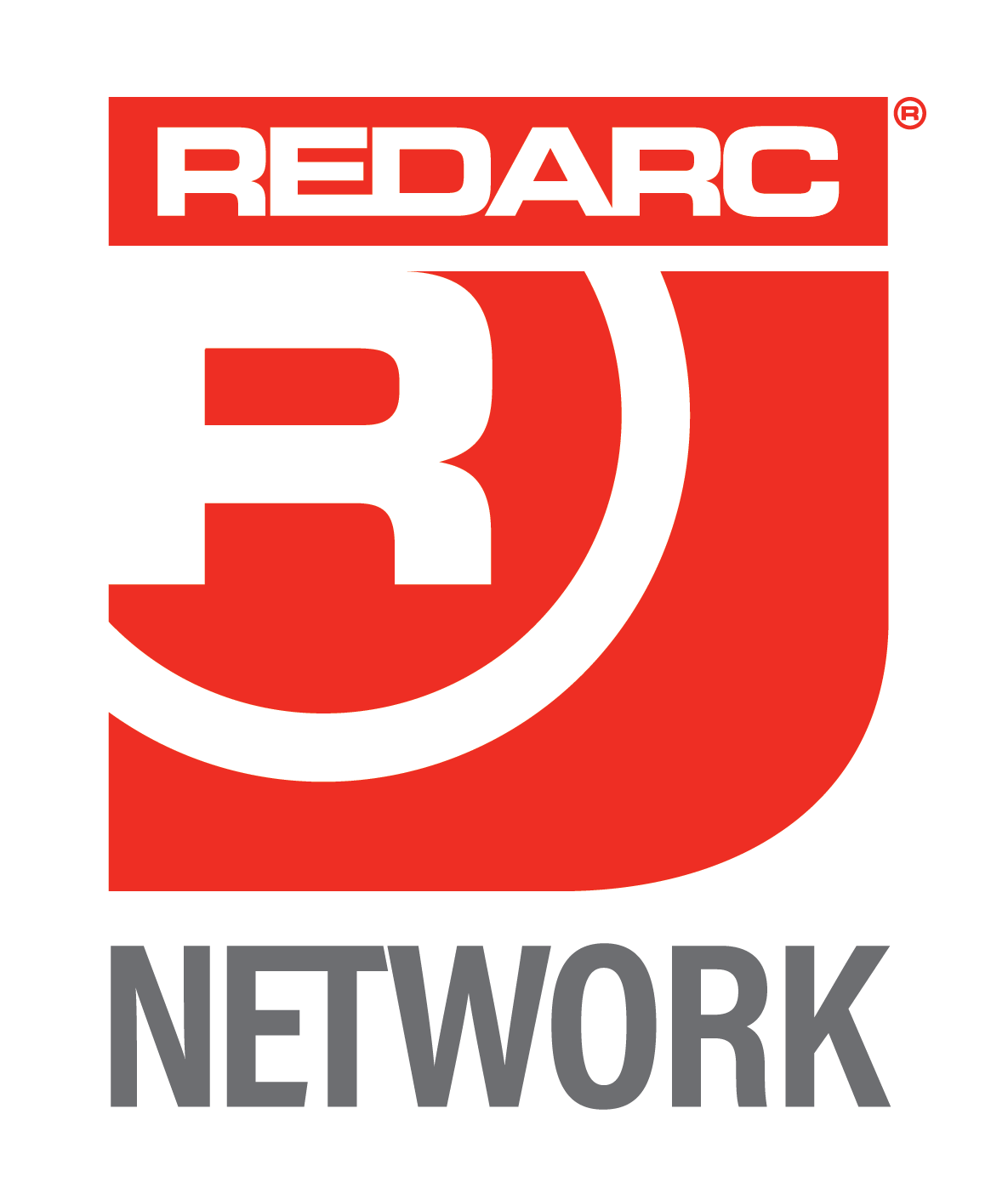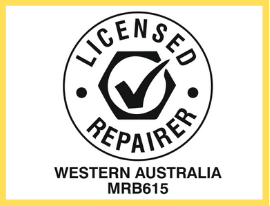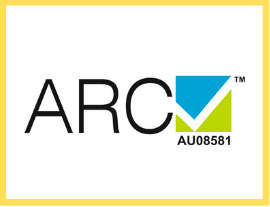Get Ready For The Next Generation of Auto Air Conditioning Refrigerant - Now Available at Automotive Electrical Designs
After years of intensive research by the automotive industry, a new standard refrigerant for late model vehicles has been developed - R1234yf (OpteonTM YF)

This is a synthetic HFO (hydrogen, fluorine, and carbon) refrigerant co-developed by DuPont and Honeywell as a successor to R134a for automotive air-conditioning applications.
Automotive Electrical Designs is now offering the R1234yf (OpteonTM YF) for air con service and re-gas on a selection of late model vehicles. This will eventually replace R134a, currently used across all types of vehicles.
Why the new R1234yf?
From 1930’s to the mid 1990’s, R12 was the norm in the automotive industry. As an ozone depleting gas, it contributed highly to burning a hole in the ozone layer.
This is when R134a was developed to replace it. R134a is a non-ozone depleting gas, although it has its own environmental disadvantage: when allowed to escape, it creates a layer in the atmosphere causing a greenhouse effect - that means it traps in heat and contributes to global warming. This effect is quantified as the Global Warming Potential (GWP) - a relative measure comparing the amount of heat trapped by a certain mass of the gas to the amount of heat trapped by a similar mass of carbon dioxide.
The GWP of R134a (08) 9331 6996 is half of that of R(08) 9331 6996. Yet, R134a is still considered a significant threat to our ageing environment.
As a result, R1234yf has been chosen as the more environmentally safe solution with an Ozone Depletion Potential (ODP) of 0.0 and a Global Warming Potential (GWP) of only 4. That is 335 times less than that of R134a!
What does R1234yf require in terms of service and repair?
Considerable upgrades to component quality and design, as well as compliance with new world
SAE standards, have been engineered into R1234yf systems. This means these systems are designed to prevent potential leakage into the cabin.
R1234yf has similar thermal properties to R134a, therefore only minor system layout and design differences are required during service and repair. Faults can be diagnosed using the same methods as R134a.
The biggest difference is R1234yf’s A2L flammability rating This stands for mildly flammable and has implications for workplace health and safety procedures. Dangerous Goods rules apply to the storage, transport and handling of this gas.
Automotive Electrical Design is following the Australian Dangerous Goods Safety (General) Regulations 2007 and has trained technicians into using, storing and disposing of the new air con refrigerant, R1234yf, safely and responsibly.
Get in touch with our team of technicians today to discuss your air con needs for your late model vehicle.
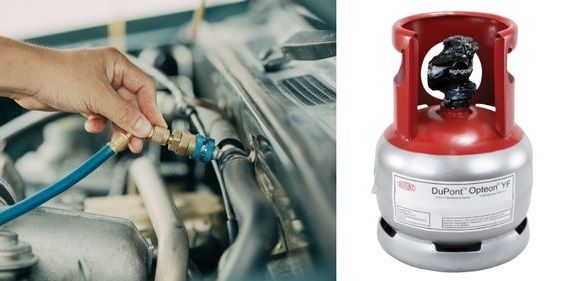
Share
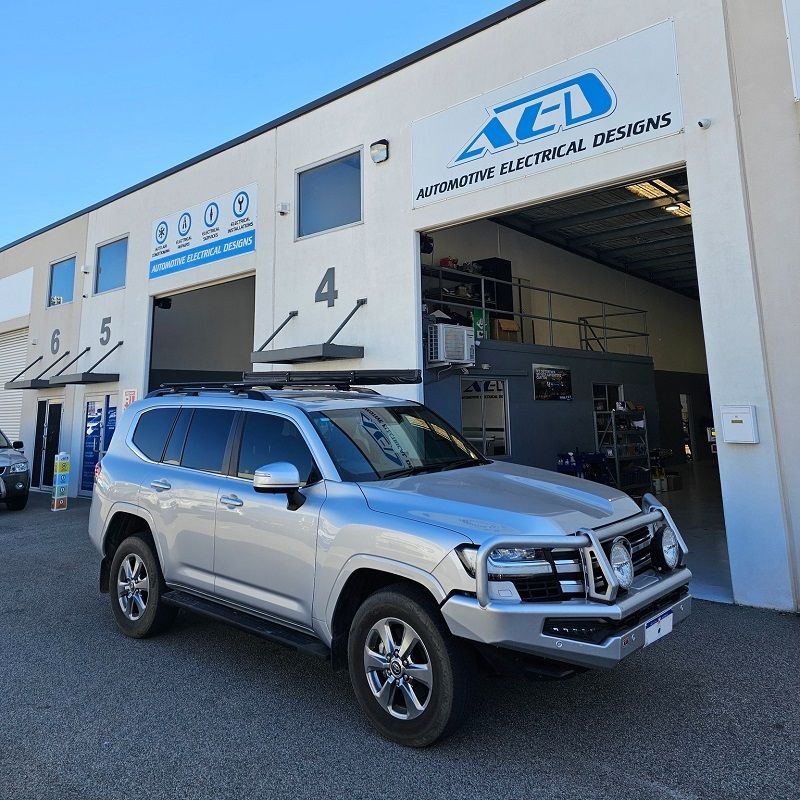



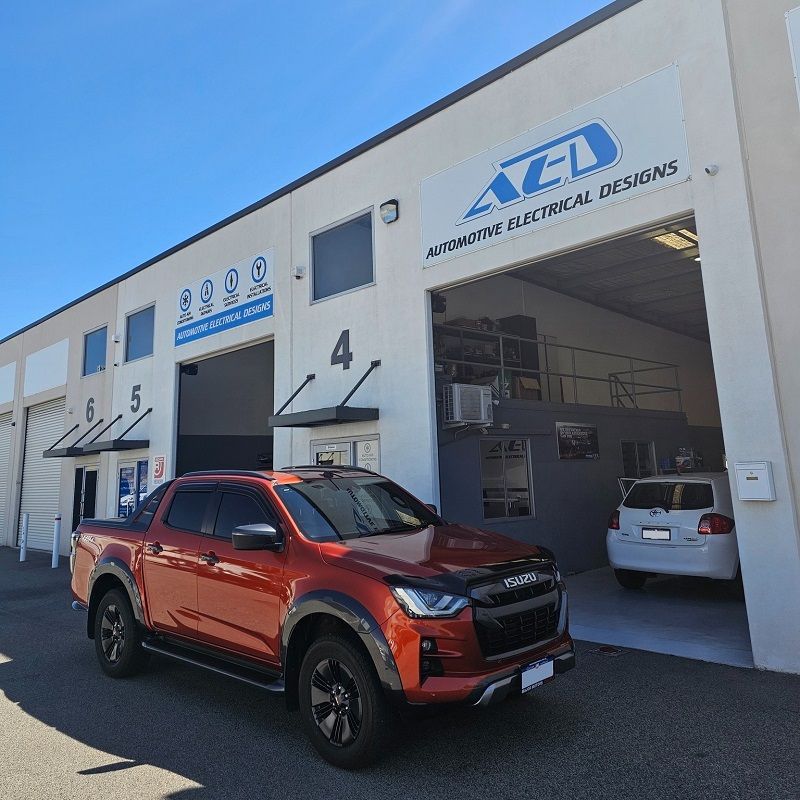
Getting ready for your next adventure? We’re here to help!
Let us know your requirements for the next big trip.
Make a booking today.

